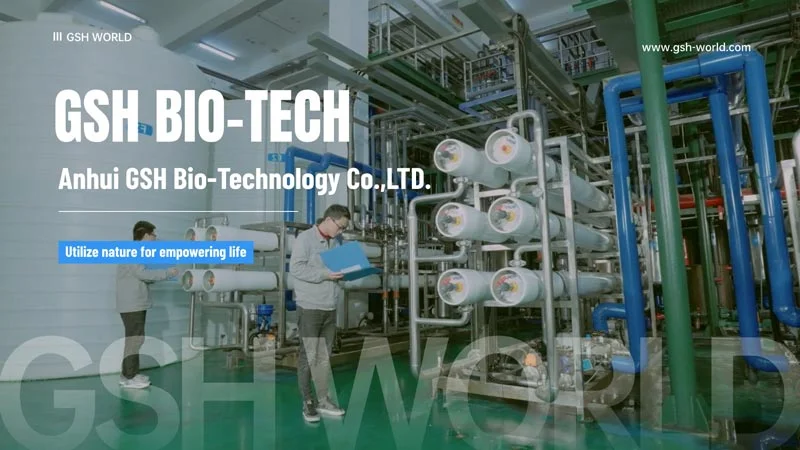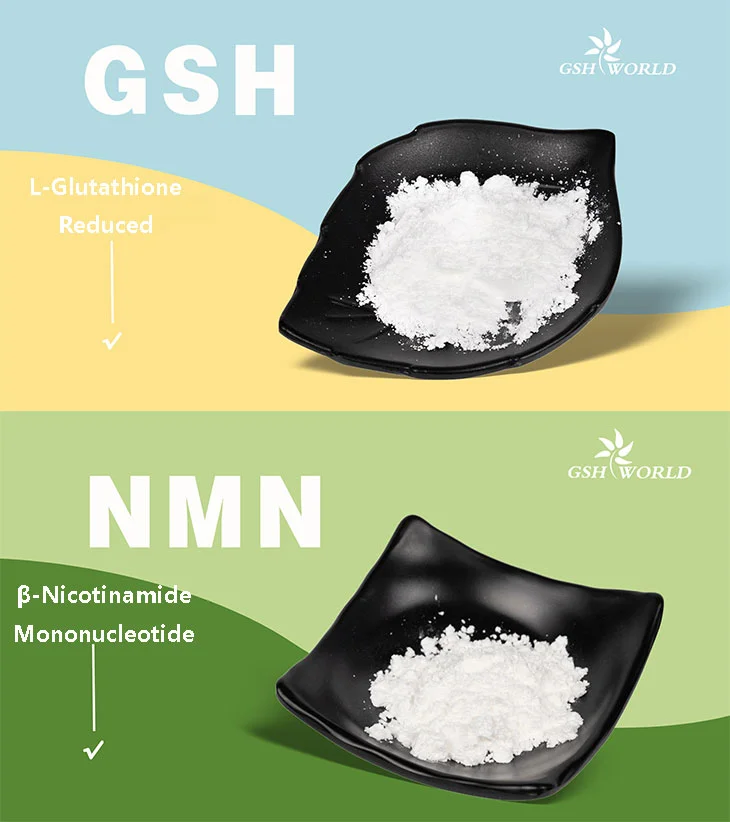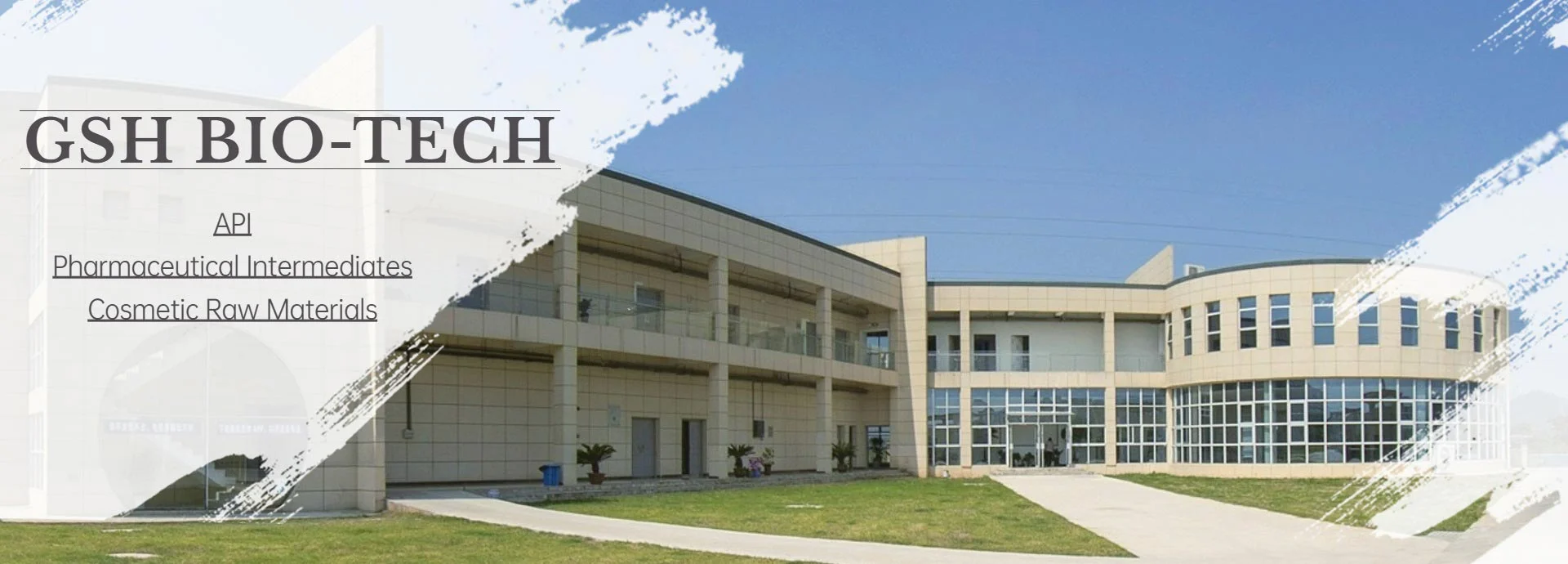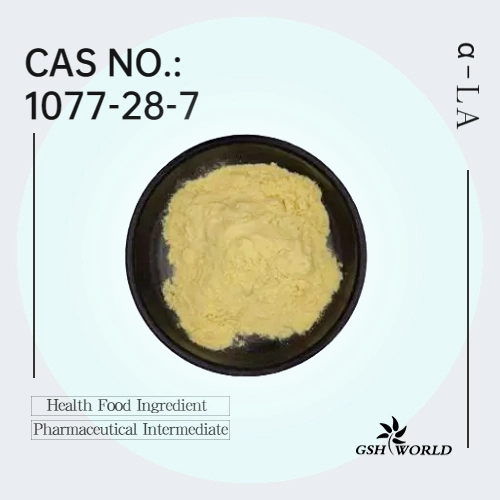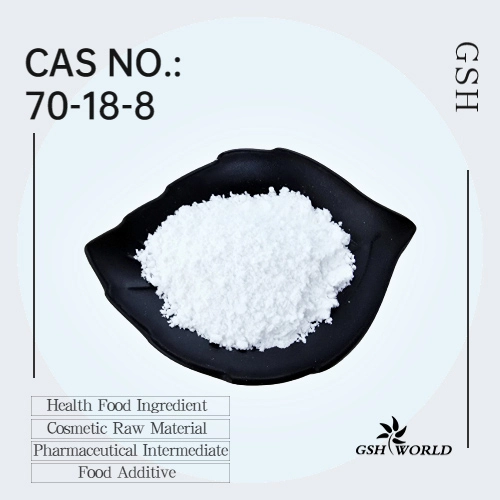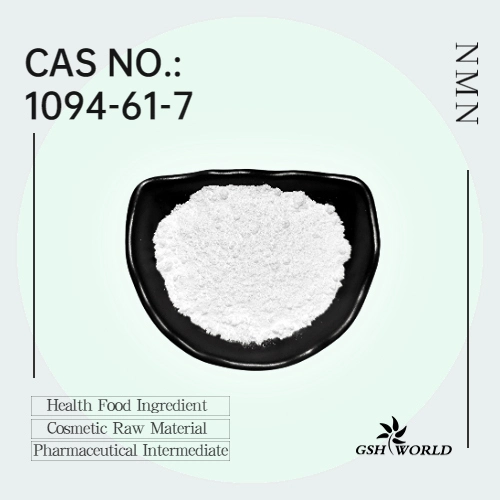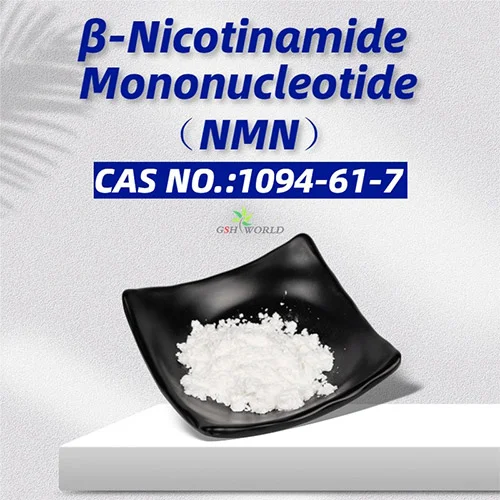Core Roles of Lipoic Acid as a Nutritional Supplement: Antioxidant, Anti-inflammatory, and Neuroprotective Effects
Lipoic acid (α-lipoic acid, ALA), a naturally occurring bioactive molecule, serves not only as an essential cofactor in mitochondrial energy metabolism but also demonstrates remarkable efficacy in antioxidant, anti-inflammatory, and neuroprotective functions.
Its unique chemical structure and molecular properties provide vital support for maintaining physiological stability, and extensive research has validated the underlying mechanisms and biological value.
Antioxidant Action
The antioxidant superiority of lipoic acid stems from the **ALA/DHLA redox couple** formed by its oxidized (ALA) and reduced (dihydrolipoic acid, DHLA) states. This couple, with a standard reduction potential of –0.32 V, interconverts flexibly in vivo to deliver multidimensional antioxidant protection.
DHLA is significantly more potent than ALA, directly scavenging peroxyl radicals in both membrane and aqueous phases and effectively inhibiting lipid peroxidation—a process that disrupts membrane structure and barrier function and is a major driver of oxidative injury.
DHLA also reduces the ascorbate free radical, regenerating vitamin C and thereby sustaining the activity of other antioxidants such as vitamin E and glutathione.
Moreover, both ALA and DHLA possess metal-chelating capacity: DHLA chelates Co²⁺, Ni²⁺, Cd²⁺, Cu²⁺, Zn²⁺, Pb²⁺, and Fe³⁺ (its Fe³⁺ complex is more stable than the Fe²⁺ form), whereas ALA preferentially binds Mn²⁺, Cu²⁺, Zn²⁺, and Pb²⁺. These chelations do not deplete essential metals;
instead, they suppress metal-catalyzed reactive oxygen species (ROS) formation, further attenuating oxidative stress.

Anti-inflammatory Action
The anti-inflammatory effect of lipoic acid is mediated through precise modulation of inflammatory signaling pathways.
Nuclear factor κB (NF-κB), a master transcription factor in inflammation, up-regulates intercellular adhesion molecule-1 (ICAM-1), vascular cell adhesion molecule-1 (VCAM-1), and cytokines such as tumor necrosis factor-α and interleukin-2, propagating the inflammatory cascade. Lipoic acid inhibits NF-κB activation by preventing degradation of its cytoplasmic inhibitor IκB, thereby blocking nuclear translocation and transcription of pro-inflammatory genes.
Notably, in cytokine-induced inflammatory models, lipoic acid suppresses vascular endothelial activation primarily via its metal-chelating activity rather than direct radical scavenging, conferring unique advantages in protecting against inflammation-related vascular damage.

Neuroprotective Action
Neuroprotection is closely linked to lipoic acid’s physicochemical properties and its ability to modulate the neuronal microenvironment.
The brain, with its high oxygen consumption, abundance of polyunsaturated fatty acids, and low catalase activity, is highly vulnerable to ROS injury.
The amphiphilic nature of lipoic acid allows it to cross the blood–brain barrier freely and act both intracellularly and extracellularly.
ALA and DHLA directly scavenge ROS (e.g., hydroxyl radicals, superoxide anions) within neural tissue, mitigating direct oxidative damage.
They also regenerate vitamins C and E and elevate intracellular glutathione (GSH), bolstering endogenous antioxidant defenses.
Glutathione depletion is a key contributor to neuronal injury in cerebral ischemia-reperfusion and Parkinson’s disease;
lipoic acid’s maintenance of GSH levels markedly alleviates this pathology.
Additionally, lipoic acid modulates neuroinflammation by decreasing pro-inflammatory cytokines (IL-2, IFN-γ, TNF-α) and increasing anti-inflammatory IL-10, while optimizing cellular stress adaptation through regulation of transcription factors Nrf2 and NF-κB.
DHLA further enhances choline acetyltransferase activity, an enzyme critical for cognitive function and neuronal homeostasis, thereby extending the neuroprotective repertoire of lipoic acid.
References
- [1] Albanese K R, de Alaniz J R, Hawker C J, et al. From health supplement to versatile monomer: Radical ring-opening polymerization and depolymerization of α-lipoic acid[J]. Polymer, 2024, 304: 127167.
- [2] Superti F, Russo R. Alpha-Lipoic Acid: Biological Mechanisms and Health Benefits[J]. Antioxidants, 2024, 13(10): 1228.
*Special note - This article is for informational purposes only and cannot replace a doctor's treatment diagnosis and advice. It should not be regarded as a recommendation or proof of efficacy of the medical products involved. If it involves disease diagnosis, treatment, and rehabilitation, please be sure to go to a professional medical institution to seek professional advice.
PREVIOUS: FDA Reverses Course, Legalizing NMN in Dietary Supplements
NEXT: Understanding the Accessibility of NMN as a Supplement
by GSHWORLD
GSHWORLD is China Biological API Manufacturer. China Lipoic Acid Supplements powder suppliers & best Lipoic Acid benefits raw material Factory.

